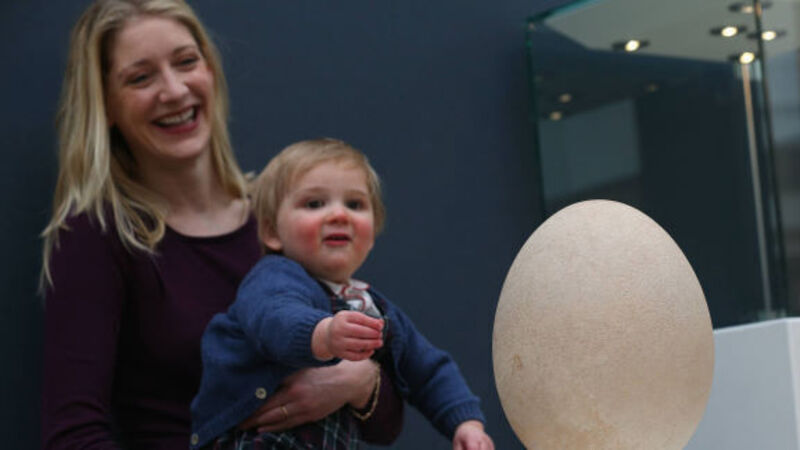Flightless bird theory in a tailspin

There are three species, none larger than your average farmyard hen. With their unusual body feathers, kiwis resemble giant rats. Flightless, they have no tails and their little wings are tucked away. The eyes are tiny; these nocturnal birds rely on smell to find their way around, probing the ground for insects with long de-curved bills. Pairs nest in burrows, laying one or two eggs, each a quarter of the mother’s weight. The males of the two smaller species do the incubating. Great spotted kiwis share the task, which can take up to 90 days. A week after hatching, the chicks can feed themselves. Now, a paper published in the journal Science, has revealed more kiwi peculiarities.
The ‘ratites’ have an ancient lineage. With the exception of the kiwis, all are huge. Their ancestors competed with the dinosaurs for food. When, 65 million years ago, a global catastrophe killed off the famous reptiles, the warm-blooded ratites inherited the southern earth.













